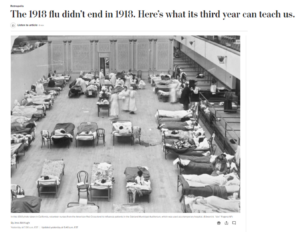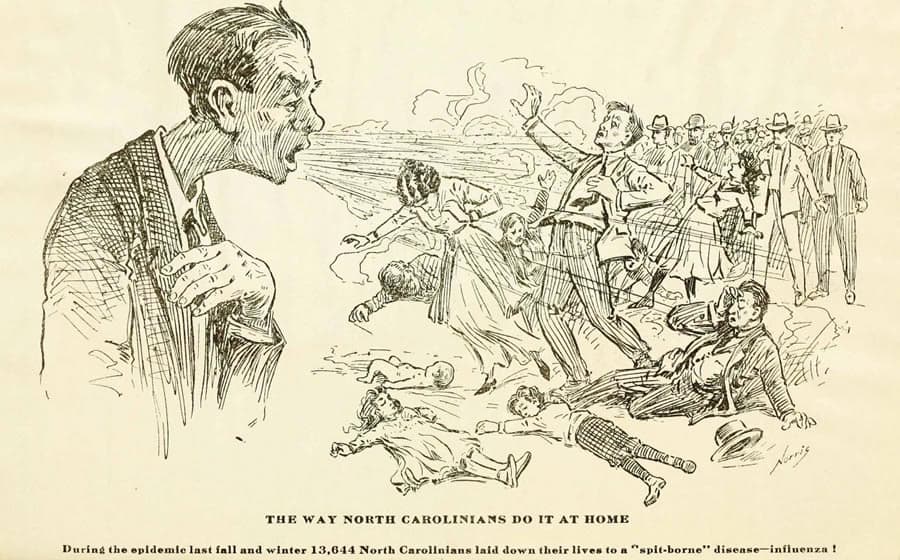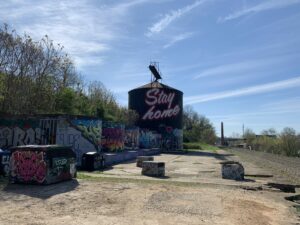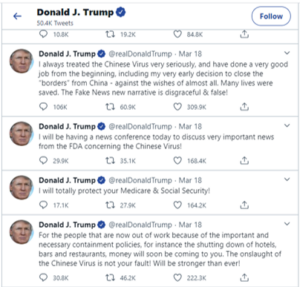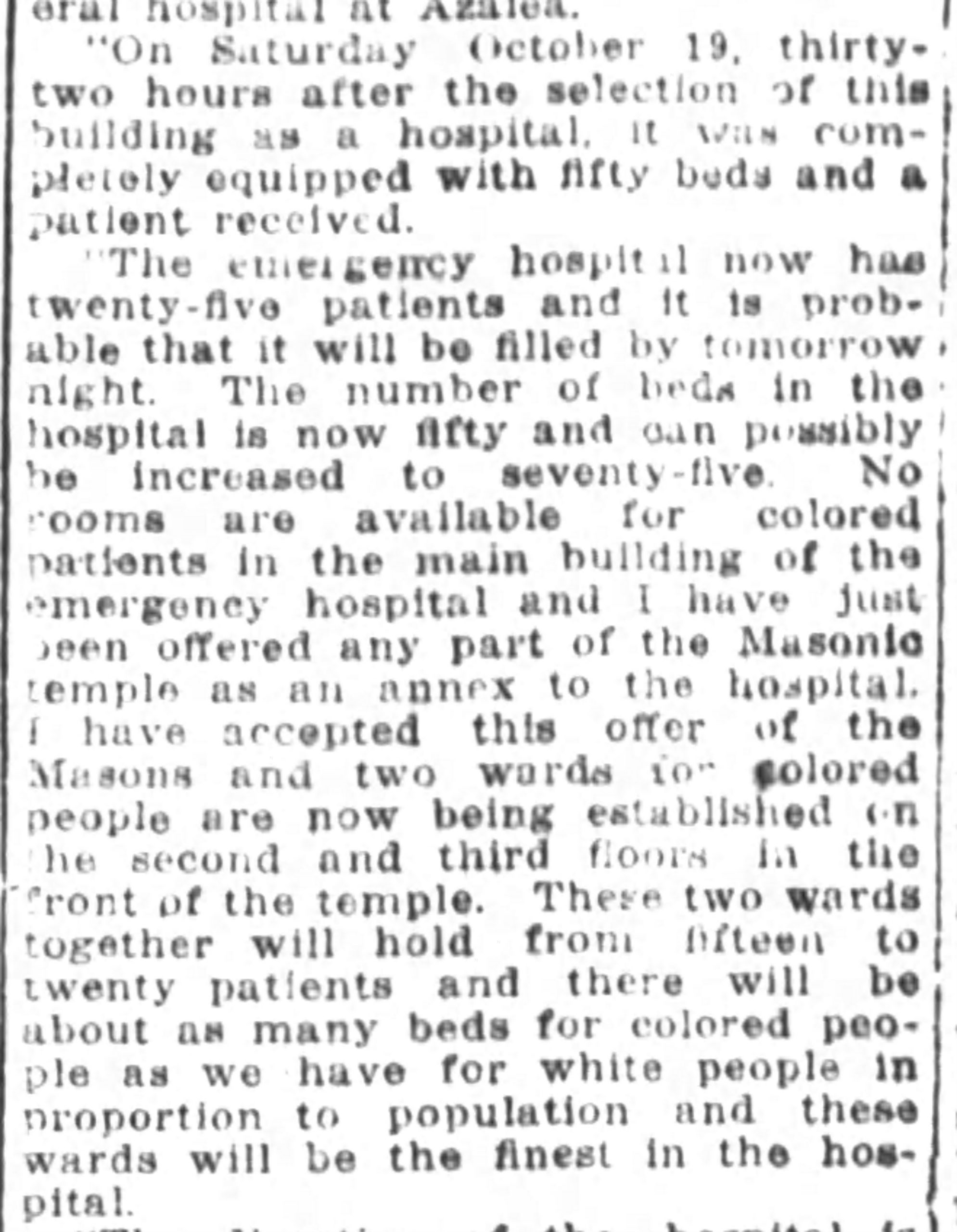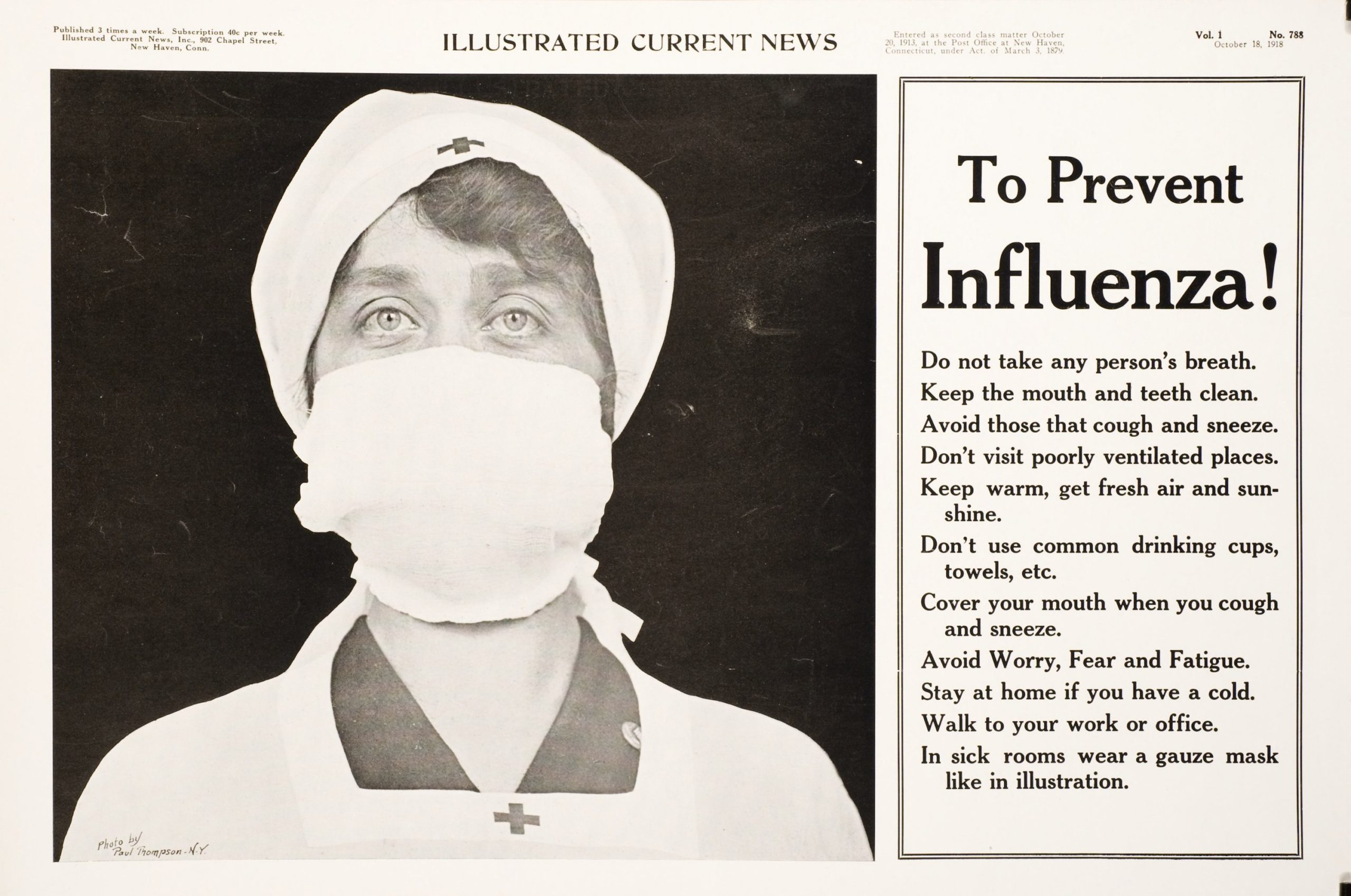
1918 vs. 2020:
Epidemics Then & Now in WNC
In the midst of the 2020 Covid-19 pandemic, we took an in-depth look at the 1918 influenza epidemic in Western North Carolina through newspaper clippings, advertisements, ephemera, photographs, and oral history and place the events of 1918 into context with our present-day response to the coronavirus pandemic.
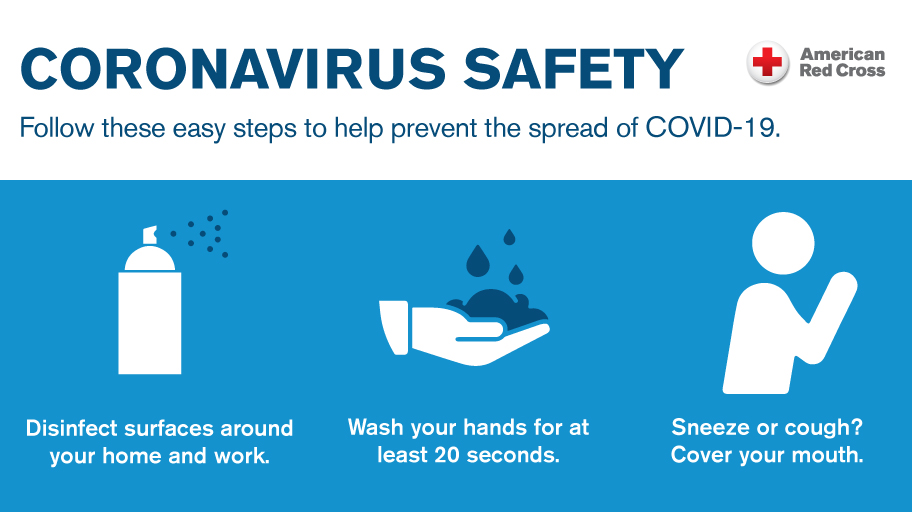
THE SPANISH LADY
In reality, because Spain remained neutral during WWI the Spanish media also did not have to contend with wartime censors who controlled the messaging surrounding the flu in for the morale of both troops and civilians.
The Spanish media, however, freely reported on the epidemic beginning in late-May 1918. One week later, King of Spain Alfonso XIII contracted the illness, which further fueled rumors.
In the midst of WWI, North Carolina began fighting an invisible enemy, one that eventually killed far more Americans than died on the battlefields – a new strain of influenza, referred to as “The Spanish Lady,” because of a rumor that Patient Zero came from Spain.
Because Spanish news outlets were the only media reporting on the epidemic, the public assumed the epidemic began in Spain.
In Spain, the highly contagious virus was called “The Soldier of Naples,” which was a popular – and very catchy (get it – “catchy”) song at the time. But Spaniards protested the name “Spanish flu” for the deadly disease as it falsely stigmatized the Spanish people.
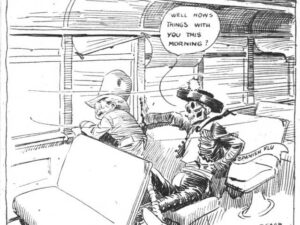
THE BEGINNINGS
Though still unsure of where the virus began, researchers have suggested France, China, Britain, and the United States.
And, in fact, the first known case of the 1918 flu was reported at Camp Funston at Fort Riley, a military base in Kansas in March 1918.
Albert Gitchell, an army cook at the camp, was hospitalized with a high fever and became one of the first registered cases. By the end of March, over 1,100 soldiers at the camp were ill and 38 had died.
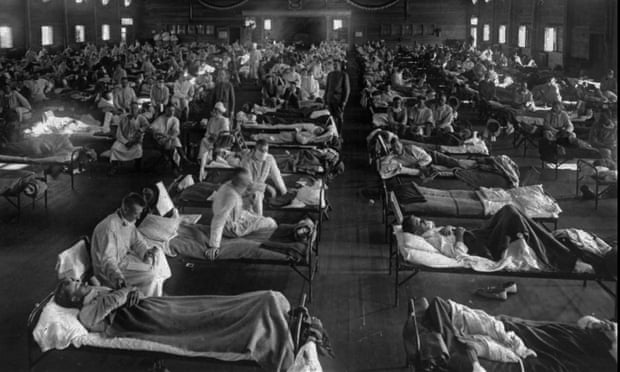
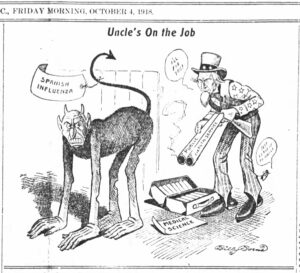
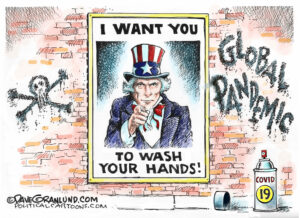
IN ASHEVILLE
In the South Asheville Cemetery, the oldest public cemetery for African Americans in western North Carolina, many of the graves were dug during the 1918 flu epidemic when sometimes 4-5 graves were dug every day. According to an article in the Asheville Citizen-Times written by Maggie Lauterer in 1985, Richard Houston, the foster son of the cemetery’s caretaker, George Avery, who helped Avery dig graves during the flu epidemic:
“They were sick today and dead tomorrow. People were dying like flies.”
– Richard Houston, South Asheville Cemetery
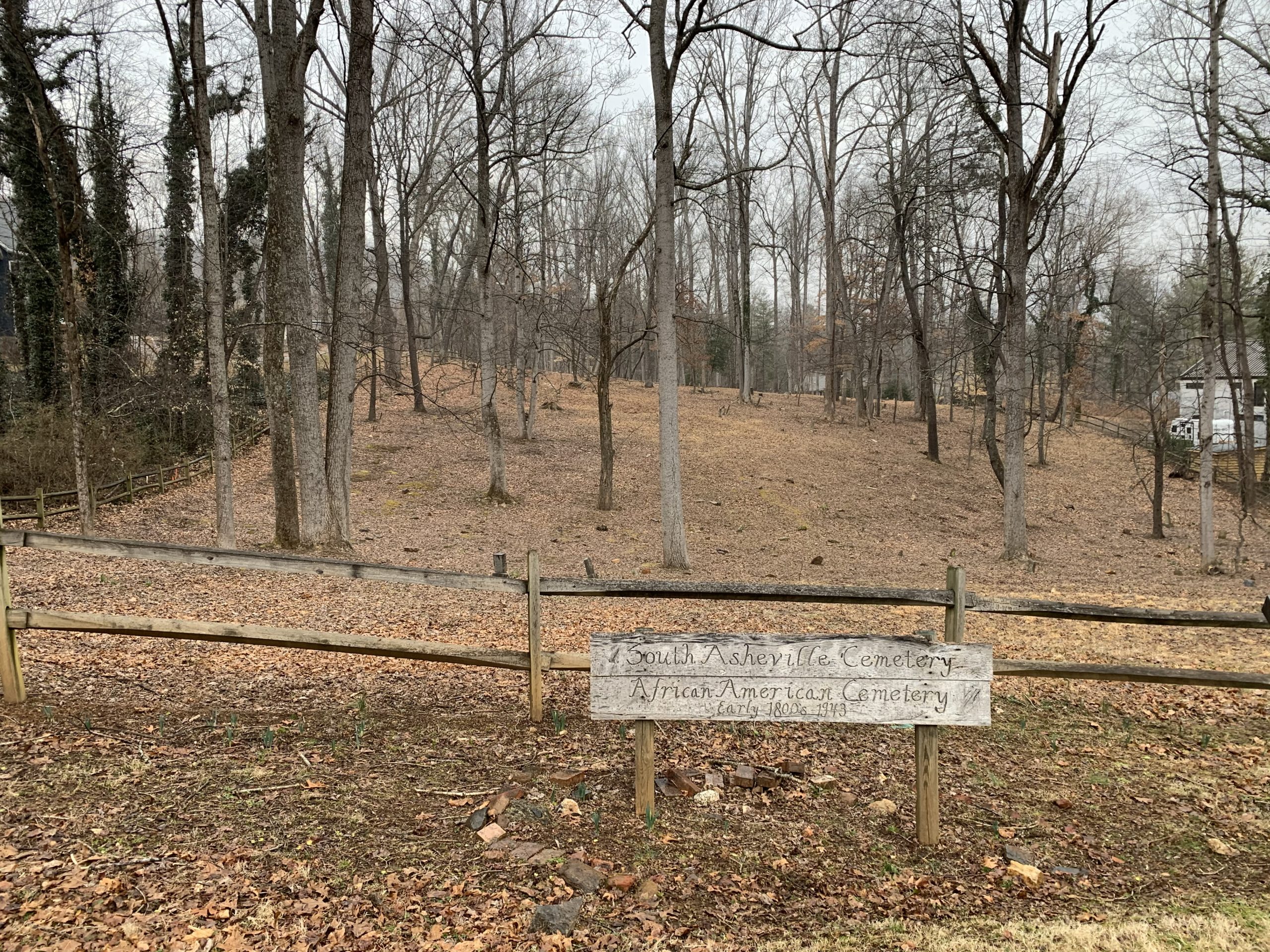
“There wasn’t a day when you didn’t see soldiers carrying a casket down Tryon Street [in Charlotte] towards the Southern railroad station; caskets were stacked to the ceiling at the train depot.”
THE SECOND WAVE
The first patient in North Carolina, William A. Wright, is likely to have contracted the virus from a port in Wilmington prior to September 19th.
Just a few days later, on September 21, Wright, a 29-year-old with two sons passed away. It quickly became apparent that the young and healthy were not immune to dying from this strain of influenza.
In 1918, Wilmington delayed the start of the school year by several weeks, closed theaters, bars, and churches, and the newspaper published guidelines for staying healthy – among them: stay home, wash your hands, and cover your cough.
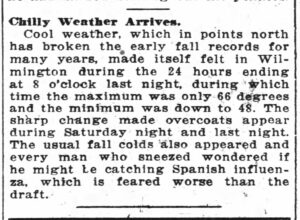
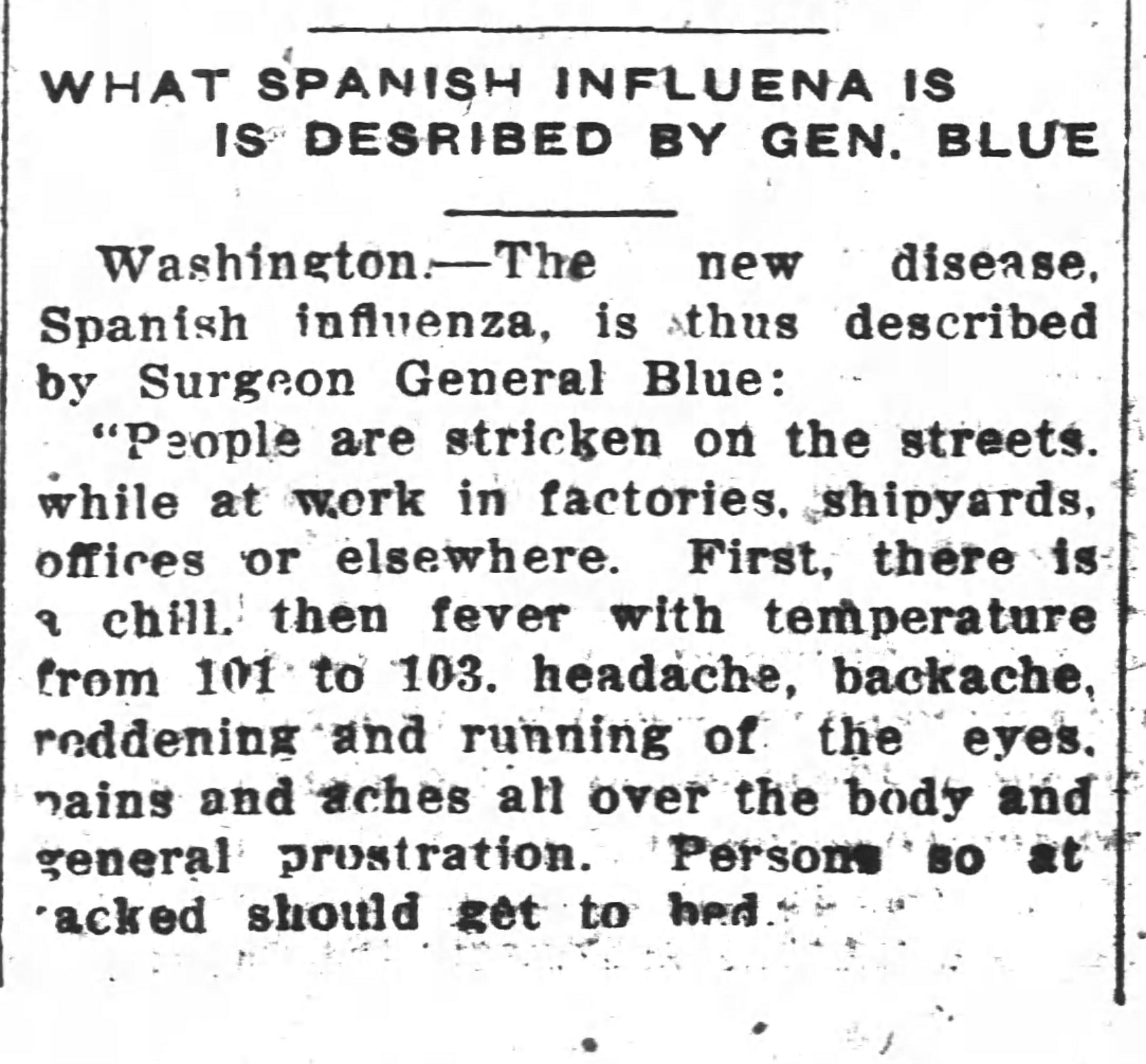
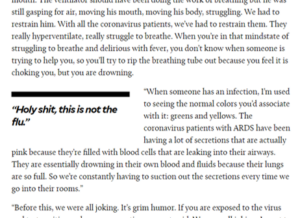
COMMUNITY SPREAD
In early October, “8,000 cases of Spanish influenza ha[d] been reported in North Carolina, with known deaths resulting from pneumonia following the influenza exceeding 50.” Six thousand of those cases were in Wilmington. [Asheville Citizen, October 5, 1918]
“Certain sections of the downtown business districts yesterday seemed to harbor premature Halloween celebrators…. Yesterday was the first time that Ashevilleians have appeared generally with the white mouth and nose coverings.”
People began carrying flasks again, which had been outlawed due to Prohibition – though rather than alcohol, the flasks contained mouthwash. [Asheville Citizen, October 16, 1918]
North Carolina was slow to respond with basic measures like temporary hospitals and quarantine areas and relied on volunteers to treat the sick.
Mrs. C. R. Hudson lived near Oakwood Cemetery in Raleigh and recalled that “they died so fast they could not have proper burials. They couldn’t dig graves fast enough.”
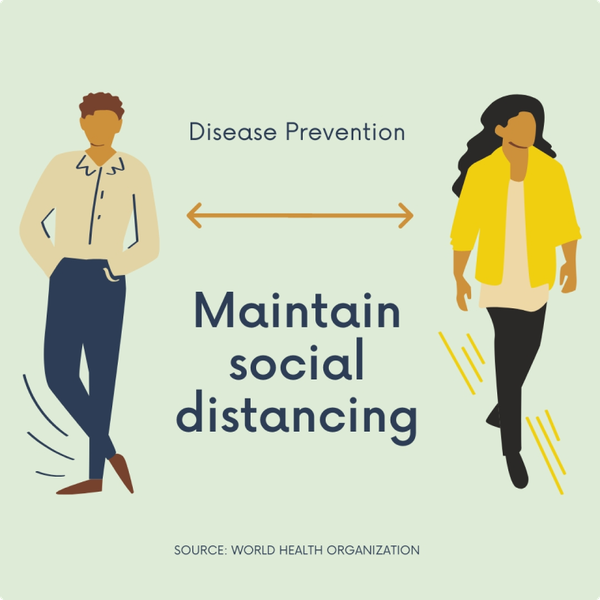
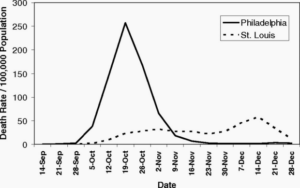
In 1918, Philadelphia ignored warnings of influenza spread among soldiers and a parade to support the war effort drew 200,000 people. Within three days, the hospitals in the city were full. By the end of the week 4,500 residents were dead.
In St. Louis, within two days of the first cases of influenza occurring, the city closed schools, playgrounds libraries, courtrooms, and churches. The city mandated staggered work schedules and limited streetcar transport. They banned gatherings of more than 20 people. The death toll in St. Louis was half that of Philadelphia.
SHUTTING DOWN
By October 1918, there were at least 600 confirmed cases in Asheville according to the Asheville Citizen.
Schools in the area were closed; church services were cancelled; street car schedules were reduced.
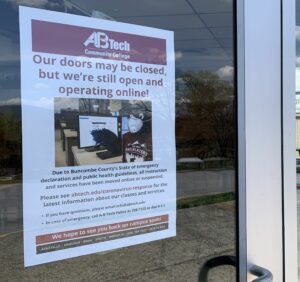
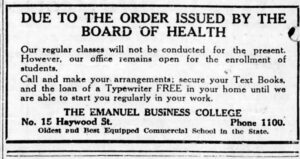
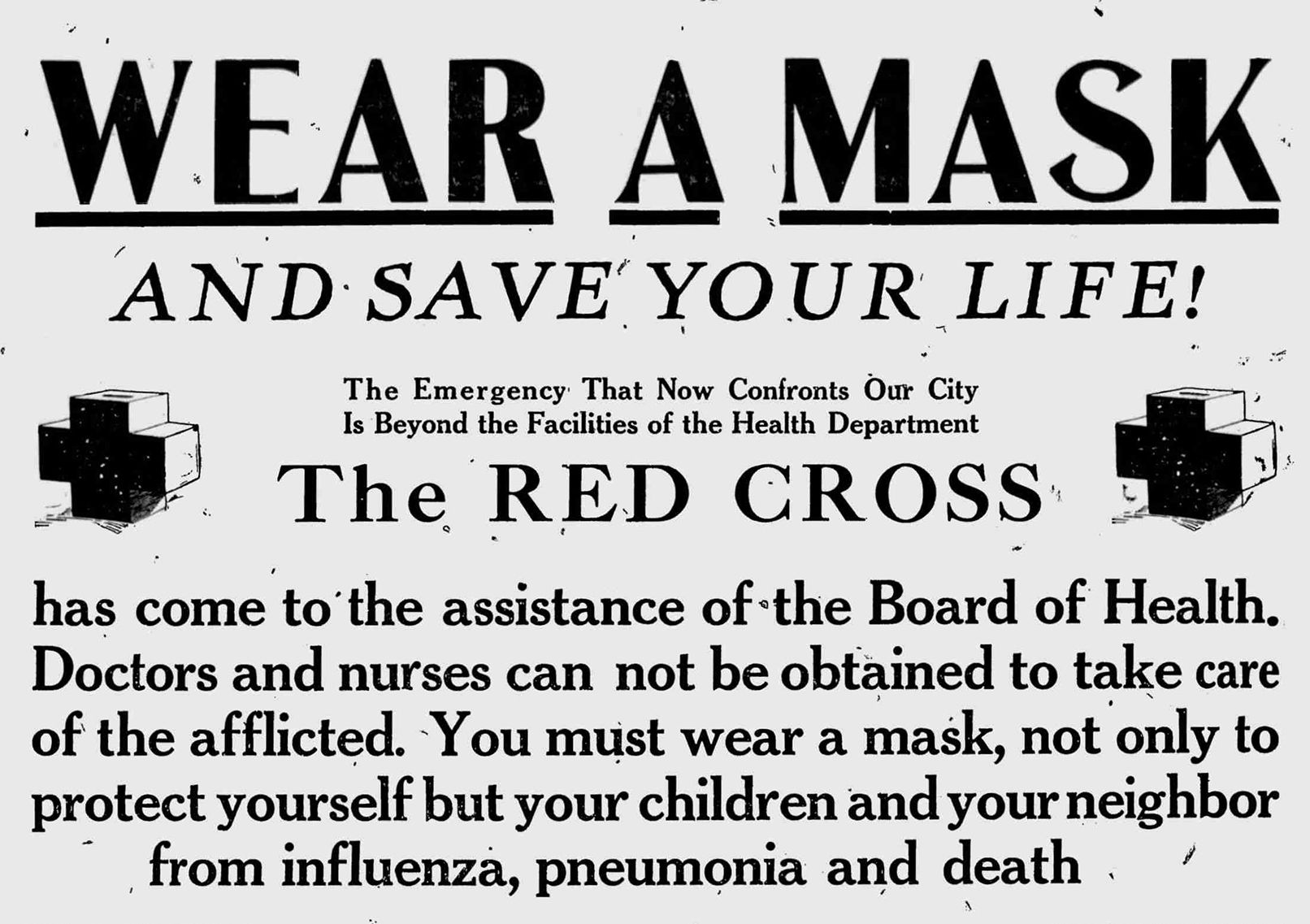
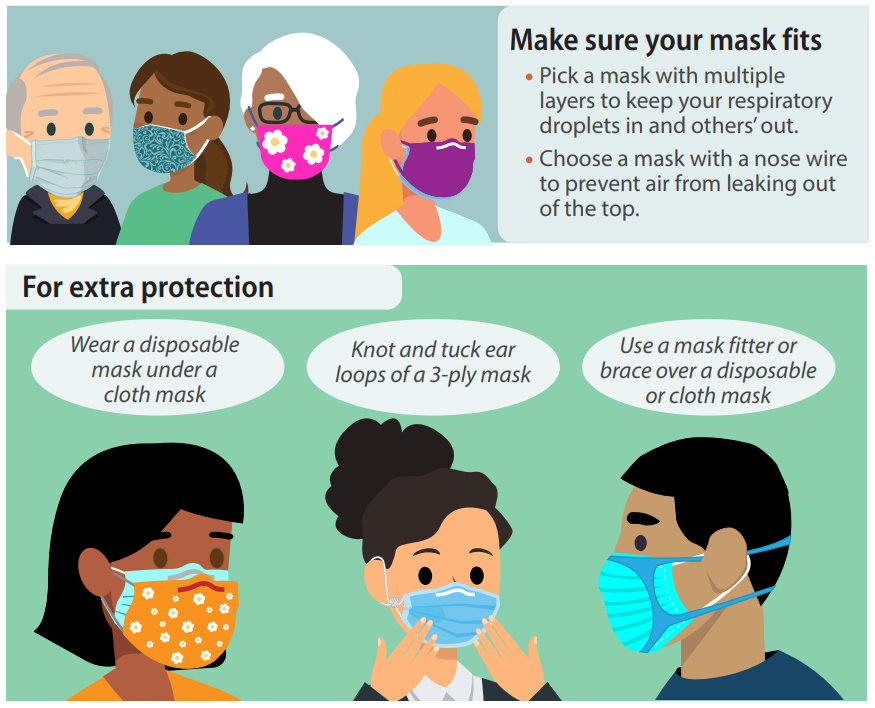
PREVENTION
Doctors, media outlets, and advertisers offered advice on how to prevent contracting the virus – with varying degrees of scientific evidence.
Some advertisers took advantage of people’s fears by promising their product as a preventative or treatment for the disease, like the for Laxative Bromo Quinine made by E.W. Grove – pharmaceutical magnate and builder of the Grove Park Inn in Asheville.
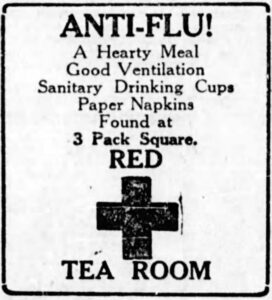
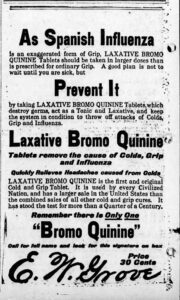
“The most horrific symptoms really were you could bleed not only from your nose and mouth, but from your eyes and ears. People were turning so dark blue from lack of oxygen that, in the book I quote one doctor writing a colleague saying that he could not tell white soldiers from African American soldiers.” – John M. Barry
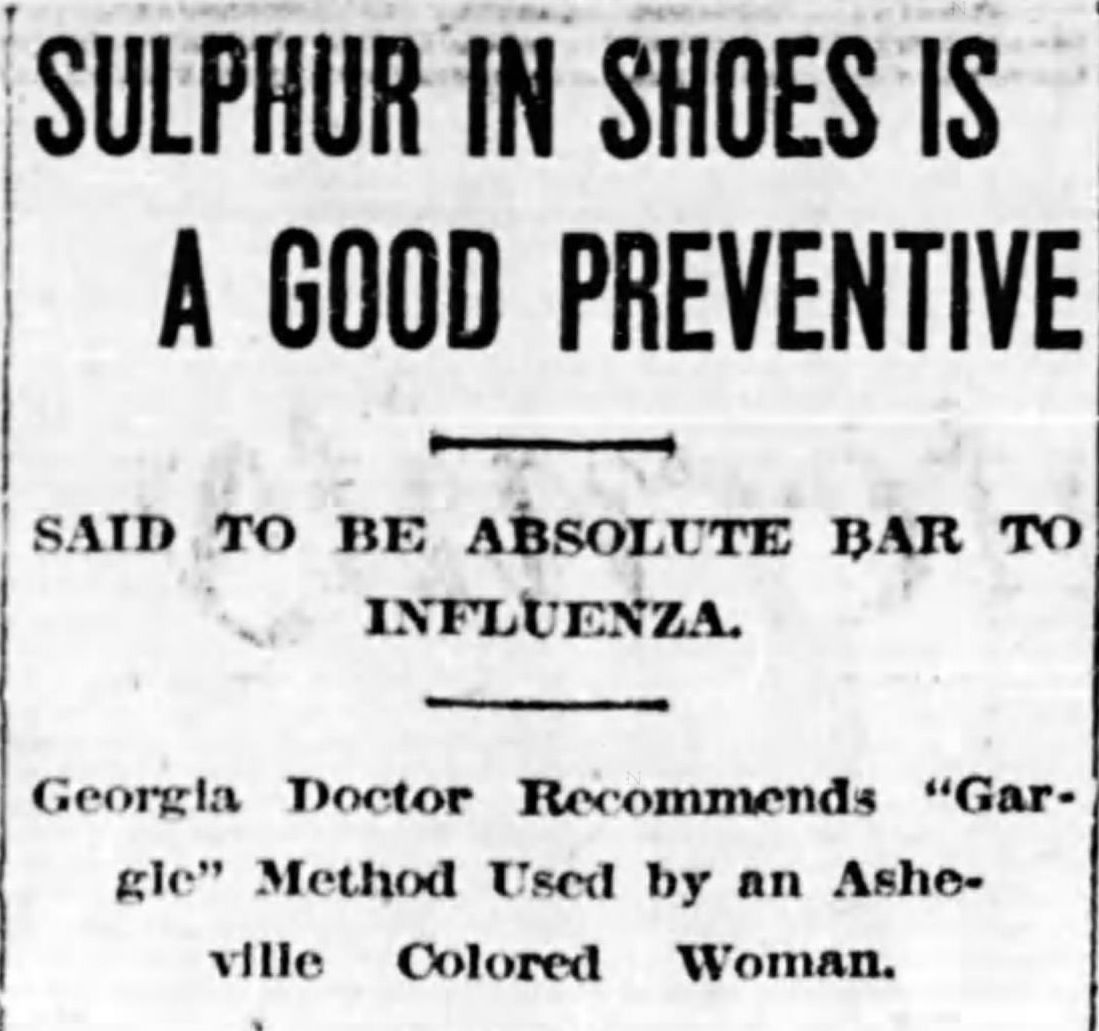

“I met many traveling men, and one in particular from Memphis, Tenn., who told me one evening that he had nursed yellow fever and cholera in all its stages, had assisted in burying the dead, and that the only precaution he ever took was to sprinkle sulphur in his shoes every morning during the epidemic and that he had never contracted the disease: furthermore, every one he told about it and who had tried it, not a single one had the disease.”
TREATMENT
When the flu arrived in Asheville, hospitals were unprepared for the number of patients, and so, the American Red Cross, which had grown exponentially since the US had entered the war, began to open temporary emergency hospitals in public spaces across the region.
In October, the old Asheville high school building on Woodfin Street was converted to a hospital that could treat 100 white patients. The Veteran’s Hospital in Oteen loaned beds and other furnishings to equip the school as a medical facility.
The Masonic Temple was offered as an annex to the main hospital for the treatment of black patients. The annex would accommodate “fifteen or more.”
Also located at the Masonic Temple was the Red Cross emergency kitchen, supplying food to flu patients and their families. Care was taken to ensure that patients treated at the temple did not come in contact with food preparation areas.
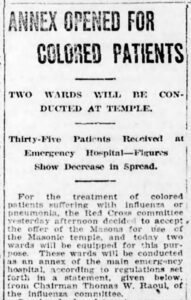
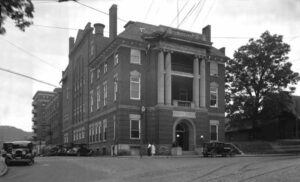
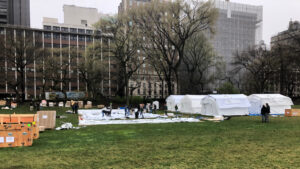
VOLUNTEERS
“Emergency Call is issued for Doctors, nurses and workers both white and colored to keep people in Asheville from dying from starvation and lack of other attention.”
“Volunteer at Once – Work will be paid for when necessary but we appeal first to your patriotism.”
“Asheville chapter of the American Red Cross made intensive and intensive preparations yesterday afternoon … to aid the health department of the city in combating the epidemic of influenza.”
With many doctors overseas attending to US troops, those that remained could not serve all the patients inflicted with influenza.
Most nurses, too, were stationed overseas. Communities in Western North Carolina – and across the country – had to rely on volunteers who were willing to risk their health to practice nursing. Female volunteers also cared for children whose parents were ill and prepared food to feed the poor.
Though segregation prevented black and white patients from being treated in the same facility, white patients readily accepted the help of black nurses.
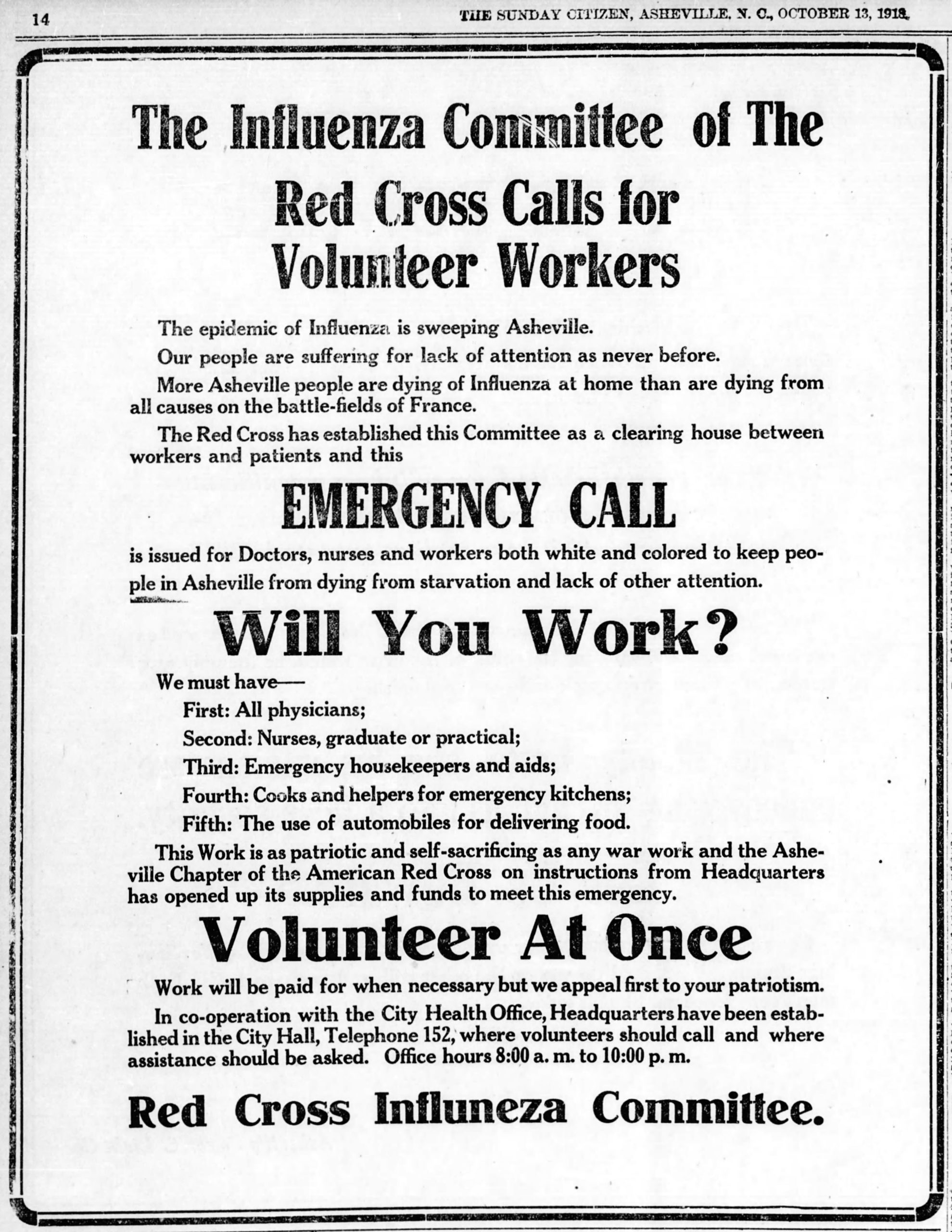
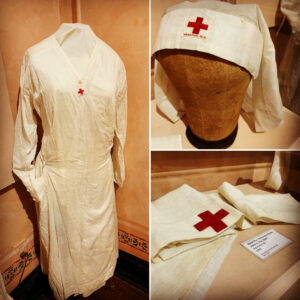
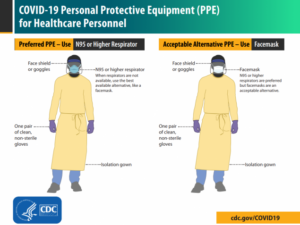
REOPENING
From RawStory.com, April 19, 2020: National Public Radio reporter Tim Mak wrote an extensive Twitter thread after researching the way the flu outbreak spread throughout the United States in the early 20th century.
It began in San Francisco in Sept. 1918, he explained, and people were successfully wearing masks and cases were dropping. By November, public health officials said the city could reopen.
“Residents rushed to entertainment venues after having been denied this communal joy for months. The mayor himself was fined by his own police chief after going to a show without a mask,” said Mak.
Another wave of the virus came in Dec. 1918 and the health officials told people to start wearing masks again, but people refused. Businesses were worried about their Christmas sales, so they opposed the efforts, as did the Culinary Workers Union. Residents were over it, and they’d already been dealing with it for months. Police began fining or arresting people for not wearing masks, which sparked lawsuits from people claiming it was their Constitutional right to risk their own lives.
After the San Francisco Chronicle came out against mandatory masks, the death rate continued to climb, said Mak.
“An op-ed ran in the local paper w/headline ‘What’s The Use?’ after a man got sick despite following public health guidelines,” he explained. “A promised vaccine turned out to be bogus. Hundreds of citizens congregated on Dec. 16 to debate a masking order.”
On Dec. 19, he explained that officials voted down an order that would make wearing a mask mandatory.
“The dollar sign is exalted above the health sign,” the public health officer said, according to Mak.
“Citizens were arrested/fined for not having masks on, but widespread disobedience of the order continue & large numbers of citizens refused to wear masks,” said Mak, noting that the protests still continued.
The worst rate of deaths from the flu pandemic was Dec. 30. Finally, the council reconsidered their vote and passed the order on Jan. 10. A whopping 600 new cases were reported just that day.
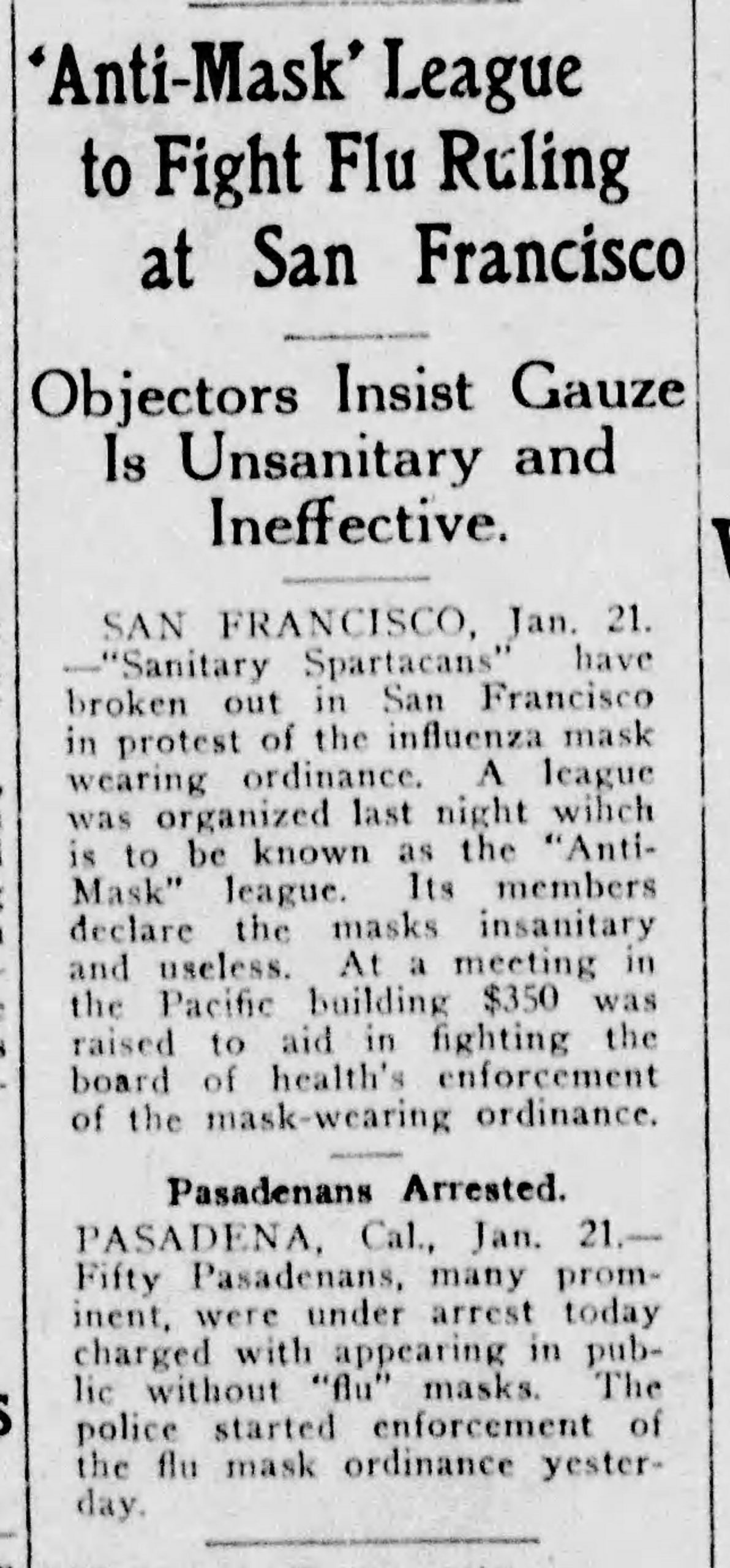
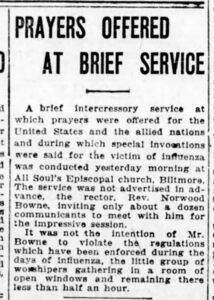
VACCINE
When the great influenza pandemic of 1918–1919 began, the most important sources of knowledge about epidemic influenza were studies conducted during and immediately following the previous pandemic, that of 1889–1990.
By 1918, the successful use of some vaccines, especially those against rabies, typhoid fever, and diphtheria, as well as the use of diphtheria anti-toxin, had raised high expectations for a vaccine against influenza. Those who already had a vaccine in hand were quick off the mark to promote their vaccines as sure preventives or cures for influenza. Drug manufacturers aggressively promoted their stock vaccines for colds, grippe, and flu. These vaccines were of undisclosed composition. As public anxiety and demand swelled, there were complaints of price gouging and kickbacks.
The State of Science, Microbiology, and Vaccines Circa 1918 by John M. Eyler, Public Health Reports, 2010
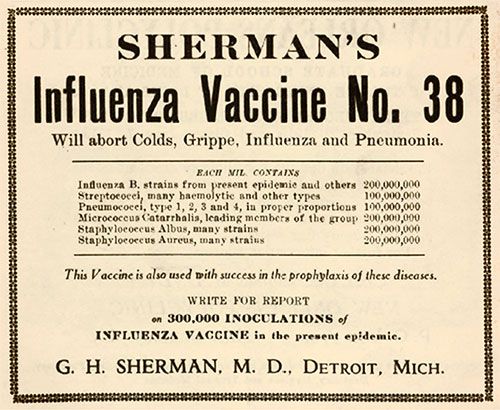
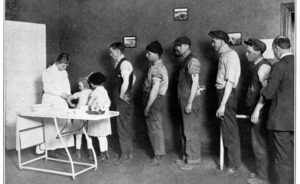

PREPARING FOR THE FUTURE
The epidemic hit a peak in October and November of 1918. At this time there were only two kinds of people living in North Carolina – those who were sick and those that cared for them.
By the New Year, the worst of the epidemic was over, but the damage had been done.
Nationally, the disease killed around 700,000, and some estimates suggest anywhere from 50 to 100 million deaths worldwide. It is estimated that approximately 1 million North Carolinians caught the virus; it killed 13,644 in the state.
As the pandemic subsided, new hospitals were built around the state to make up for the lack of facilities. Health officials began promoting the importance of health education. The struggle to control the virus was the impetus for reorganizing and modernizing the state’s social health services beginning in 1919, so that if and when another outbreak occurred the state would be better prepared.
